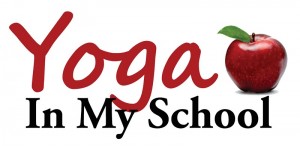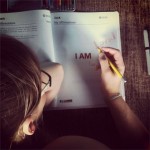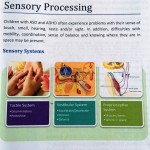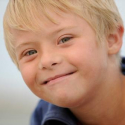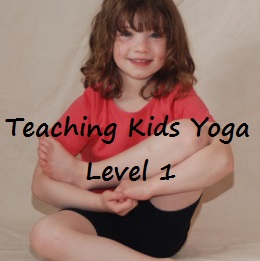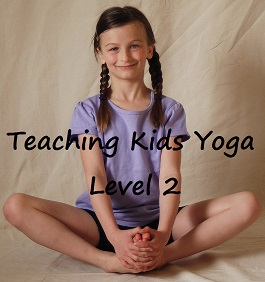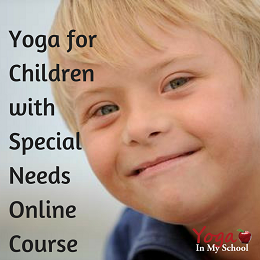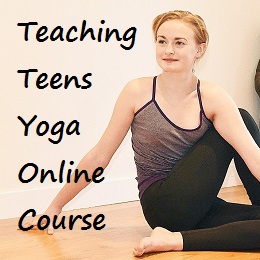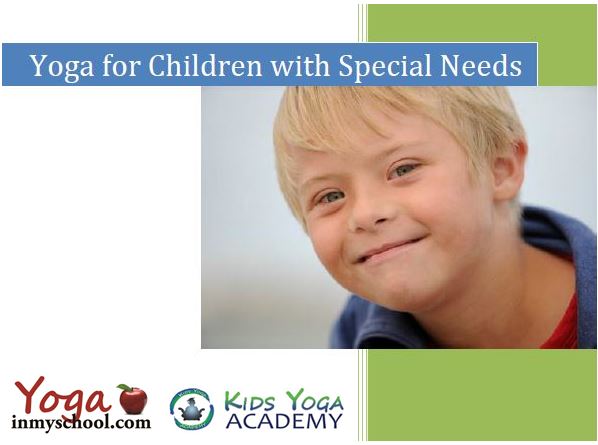
by Donna Freeman | Special Needs Yoga, Store, Yoga Teacher Training
Over the past couple of years I’ve received great feedback regarding the YIMS Yoga for Special Needs course and manual. For those attending the workshop there was lots of time for hands-on experience and interaction to explain the various activities and expand on the notes in the manual. However many who bought the manual online asked for more.
We’re please to announce that we have expanded and revised the YIMS Yoga for Special Needs Manual and it is now available for purchase online as an environmentally friendly PDF download.
The new version includes everything from before:
- 7 Tips to Teaching Yoga to Children w Special Needs
- the Most Powerful Message and Most Powerful Tool at your disposal
- suggested breathing toys and props
- core musculature discussion and tips to improve
- 4 B’s of Self Calming
- Affirmations
- Visualizations
- Mindfulness
- description of Autism, ADHD, Down syndrome, Cerebral Palsy and FASD
- techniques for working with each diagnosis
- classroom management tips
- research supporting effect of yoga for children with special needs
Plus so much MORE:
- more breathing exercises & games with full descriptions
- specific poses to develop core musculature
- affirmation worksheet
- sample guided visualization
- all new meditation section
- extensive yoga techniques for sensory processing
- safe variations of yoga poses with instructions
- Kundalini Kriyas
- fun & engaging yoga games
- links to videos, interviews and more
- our recommended resources including books, flashcards and webinars
Every page is packed with yoga and mindfulness techniques to use as complementary therapy when working with differently abled children .
Yoga for Children with Special Needs Manual
Discover how to effectively use yoga based techniques as a complementary therapy for children with special needs. Understand the needs and challenges and explore creative, fun ways of engaging and supporting children with special needs in the practice of yoga. Covers specifics for Autism, ADHD, Down syndrome, Cerebral palsy and FASD. 51 full color pg PDF.
by Donna Freeman | Kids Yoga, Special Needs Yoga, Yoga in School
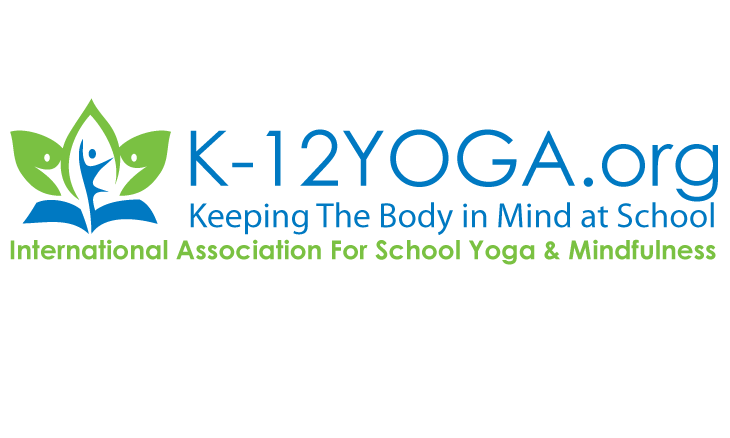
by Donna Freeman | Interviews, Mindfulness, Yoga in School
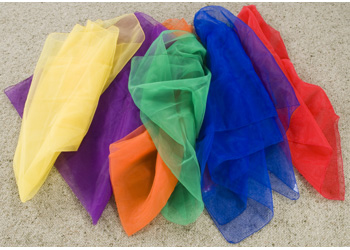
by Donna Freeman | Kids Yoga, Special Needs Yoga
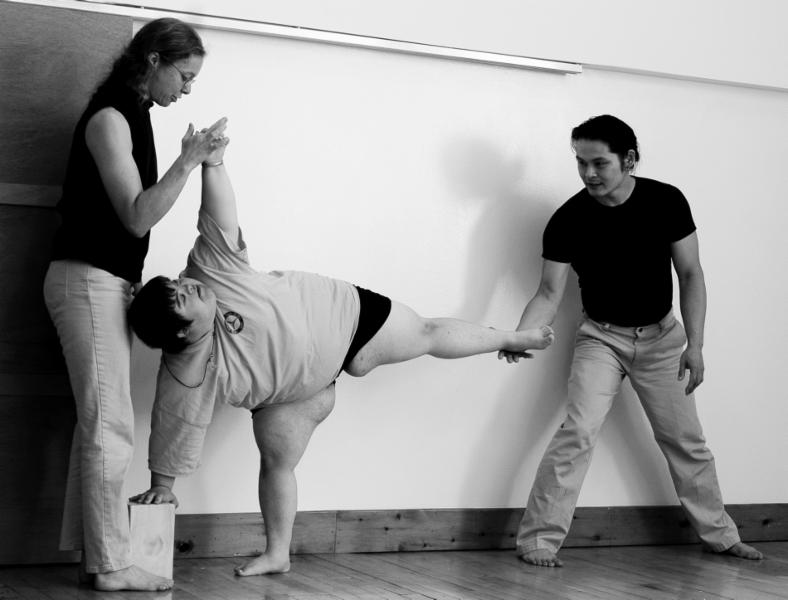
by Donna Freeman | Interviews, Kids Yoga, Special Needs Yoga, Teaching Tips, Teen Yoga
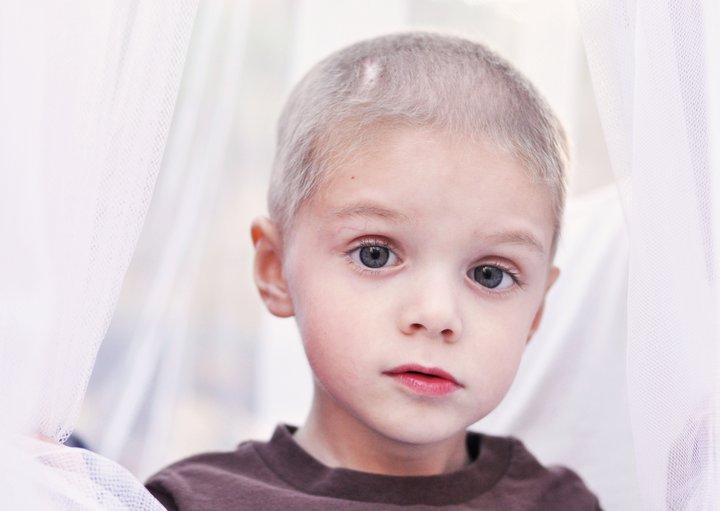
by Donna Freeman | Kids Yoga, Special Needs Yoga, Teaching Tips
by Donna Freeman | Kids Yoga, Special Needs Yoga, Yoga in School
September 9th, 2011 is Fetal Alcohol Awareness Day. Next week I’ll be giving a workshop on how yoga can assist children with FASD (Fetal Alcohol Spectrum Disorder). The information is especially valuable to parents, therapists and yoga instructors. Here are some of the highlights of this workshop.
What is Fetal Alcohol Spectrum Disorder?
Fetal Alcohol Spectrum Disorder is an umbrella term for a spectrum of conditions that include fetal alcohol syndrome (FAS), fetal alcohol effects (FAE), alcohol-related neurodevelopmental disorder (ARND), and alcohol-related birth defects (ARBD). All of these are caused by maternal alcohol use during pregnancy. There is no cure for FASD. However early detection and proactive interventions have been found to be effective in improving the functioning and quality of life for children with FASD.
What are the symptoms of FASD?
There is a wide range of severity of symptoms with FAS from mild to severe. These are the most common symptoms.
- slow growth
- deformities of the joints, limbs and fingers (especially the 4th & 5th fingers)
- poor co-ordination
- vision and hearing problems
- learning disorders
- heart defects
- kidney problems
- short attention span, hyperactivity, poor impulse control, extreme nervousness, anxiety
Benefits of Yoga for FASD
Yoga is an effective adjunct therapy for FASD thanks to its personal adaptability. Due to the varying nature of symptoms of FASD individualization is essential. Spend time talking with parents, other care givers and most especially the child, getting to know them, their interests, the specifics of their diagnosis, etc. This is essential to creating a yoga routine tailored to meet their needs and abilities.
Yogic breathing techniques are an effective way of helping children with FASD increase awareness and reduce stress. Keep the exercises fun and of short duration, repeating often.
Children with FASD learn best in concrete, hands-on learning environments. Focus on basic yoga poses keeping instructions simple and specific with lots of activities. Repeat poses often. For example teach a few key poses, read a book which incorporates those poses and play a game with the poses. Use visual aids and music. Develop a routine and structure to each session to help with retention and predictability.
Social skills are acquired as children interact with the instructor, therapist and other children. Partner poses are a wonderful way to connect with others, develop verbal and non-verbal communication skills, and teach participants how to interact one with another. These are keys skills in building friendships which is often a challenge for children with FASD.
Yoga sessions for children with special needs should be positive, engaging and joyful. This is therapy with heart which considers the whole child as an amazing, incredible individual with much to offer. Be patient and trust that the skills you are teaching will assist the child throughout their life.
Yoga for Children with Special Needs
Also check out our extensive library of articles under the Special Needs category.
by Donna Freeman | Yoga in School, Yoga Teacher Training
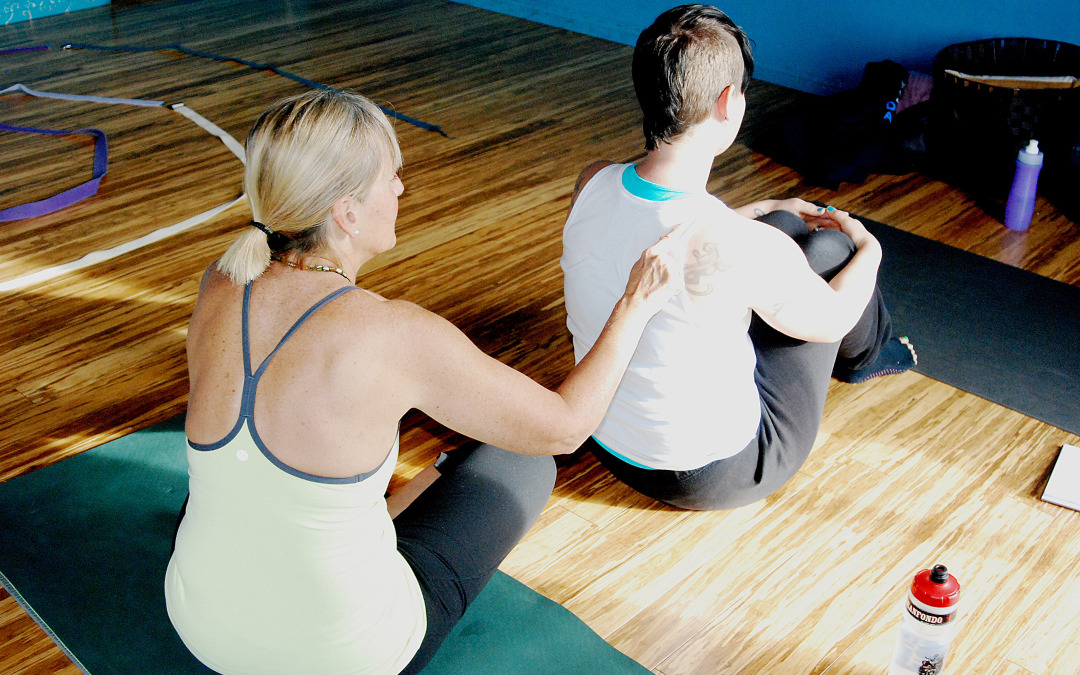
by Donna Freeman | Curriculum Applications, Kids Yoga, Special Needs Yoga, Teen Yoga, Yoga Games, Yoga in School
Body Chalk Board is a great way to increase body awareness and sensory perception. Learning to rely on touch alone is a challenging skill and helps to focus attention and improve mindfulness. In the ‘olden days’ my sisters and I would play Body Chalk Board on long car trips. (Yes, we did have cars back then.) Today, I often use this technique when reviewing spelling words with my own children or often to simply tell them I love them with a short message written on their palm. It is always a hit when we pair up during kids yoga class and children try to spell the names of the poses on one another’s backs before practicing them. This game is also fantastic for learning cooperation and communication skills. You may even want to try it with your teens to keep them connected to their body.
Body Chalk Board
Divide group into pairs. Sitting in easy pose (sukhasana), often referred to as criss cross, with one partner in front of the other use your partner’s back as a chalk board. Using a finger draw numbers, shapes or letters of the alphabet on the ‘chalk board’. The person whose back is the ‘chalk board’ guesses what is being drawn. Wipe the ‘chalk board’ clean with flat palms from top to bottom or side to side before switching roles.
For more of a challenge send a message via the ‘chalk board’ that the person in front writes down letter by letter as it is received.
To encourage sensory development and awareness do the same thing using other parts of the body: stomach, soles of feet, palms of hands. This is a wonderful game for children with sensory processing challenges (SPD, Autism, ADHD, etc).
Visit our Yoga Games page for more amazing & fun yoga games to enjoy yoga with kids and teens.
by Donna Freeman | Interviews, Kids Yoga, Special Needs Yoga, Teaching Tips

by Donna Freeman | Featured In, Kids Yoga, Yoga in School
onday, March 28, 2011 was a great day, a momentous day, a once-in-a-life time kind of day. It was the day I woke up to find my name in the Wall Street Journal. Yes, the actual Wall Street Journal.
In mid-February I was contacted via e-mail by WSJ reporter Emily Glazer who had heard about Yoga In My School from Shari Vilchez-Blatt of Karma Kids Yoga in NYC (a million thanks to Shari). Emily was looking for information on yoga in schools, yoga for special needs, interesting/creative ways of teaching kids yoga. You’ve come to the right place!
I remember calling my husband, as he was out of town on business, and saying I’d received an e-mail from the Wall Street Journal. He chuckled and said to make sure it wasn’t spam but was actually from wsj.com. It was. Emily & I e-mailed back and forth and set up an interview date & time.
The interview lasted over an hour – a little longer than the 20 mins we’d planned on. Emily asked a lot of interesting, thought provoking questions and was intrigued by the interconnections between the brain’s function and movement. She was kind enough to ask about my personal story, how I came to be an expert in kids/teens yoga, and wanted as much information as possible about the kids yoga community and others involved in doing amazing things in bringing yoga to kids. For this we kept referring back to the Yoga In My School Interview series.
As well she wanted proof: studies showing the claims stating the benefits of yoga for kids were true. This is the Wall Street Journal after all, not a feel good article or a personal interest piece.
Needless to say my follow up e-mail was lengthy with lots of links to substantiate the kids yoga and mindfulness movement and shine a light on the many amazing people with whom I have the privilege to work (check out our Yoga Links I Love list).
Emily then pitched the story to her editors. She came back with further questions via e-mail and phone calls on various occasions wanting to know the number of schools in the US who use yoga, the costs of funding a yoga program, training expenses, locations where it is especially popular, and hurdles or obstacles which prevent yoga from being adopted into all schools. Some of these questions were challenging as I felt I was representing all kids yoga instructors with my answers and I wanted the information to be accurate, informative and authentic.
Emily then let me know that the article would be published on March 28th. I waited. In the meantime I learned that WSJ was also filming a video regarding kids yoga and that elementary students in Encinitas, CA were involved in a photo shoot. By Sunday the 27th I was simply happy to have been part of the process, that getting the message out regarding kids yoga and the good it can do for children of all ages and abilities was what was most important. I hoped that the WSJ’s article was open and fair, and that thanks to its reach and credibility more schools would offer yoga to their students.
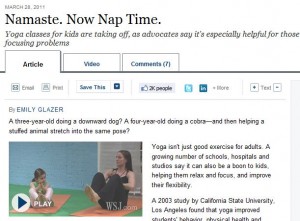 It was with some trepidation that I googled the article Monday morning. First I found the video. How fun! Then I clicked on the article and found myself in tears as I read. Emily had done a fabulous job with the material … and I even got quoted.
It was with some trepidation that I googled the article Monday morning. First I found the video. How fun! Then I clicked on the article and found myself in tears as I read. Emily had done a fabulous job with the material … and I even got quoted.
So yes, Monday, March 28th, 2011 was a great day! A great day for yoga for kids and teens.
Please share the article with parents, teachers and school administrators in you know. Together we can make a positive impact on children’s lives, their mental, emotional and physical health.
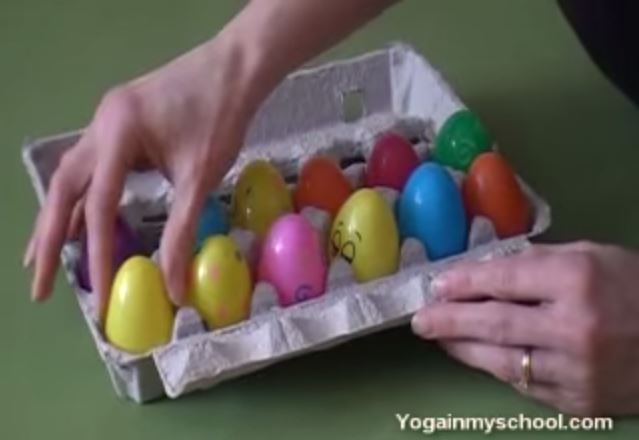
by Donna Freeman | Kids Yoga, Mindfulness, Special Needs Yoga, Videos
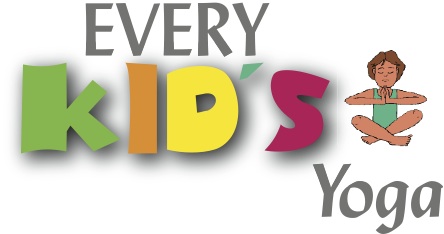
by Donna Freeman | Interviews, Special Needs Yoga, Yoga in School
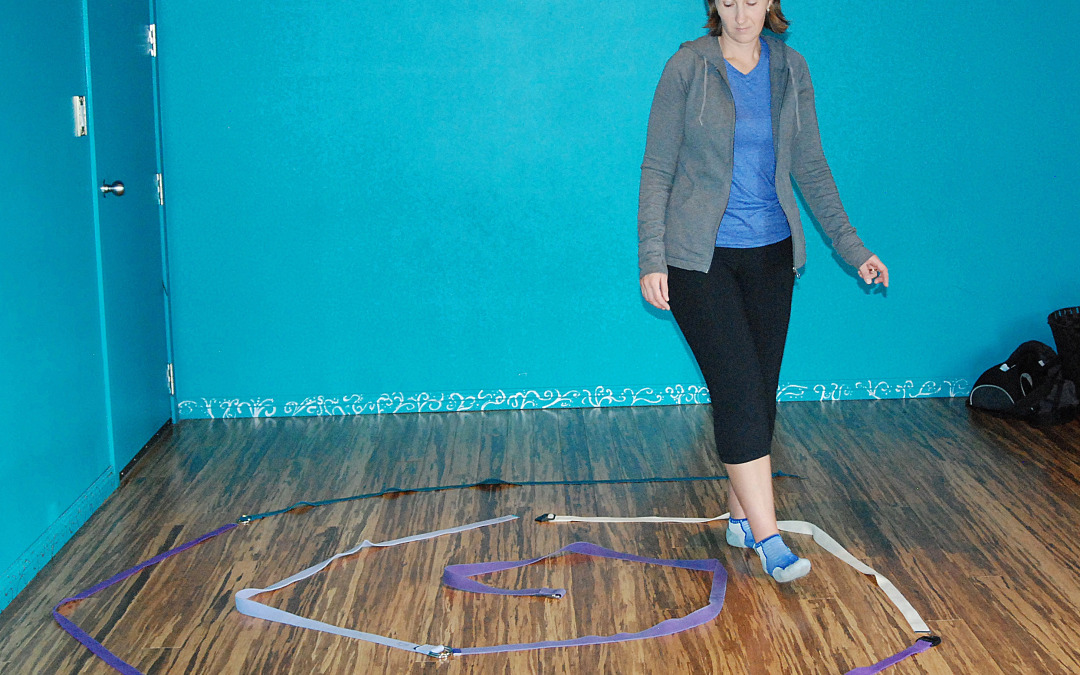
by Donna Freeman | Kids Yoga, Meditation, Mindfulness, Special Needs Yoga, Videos, Yoga Props
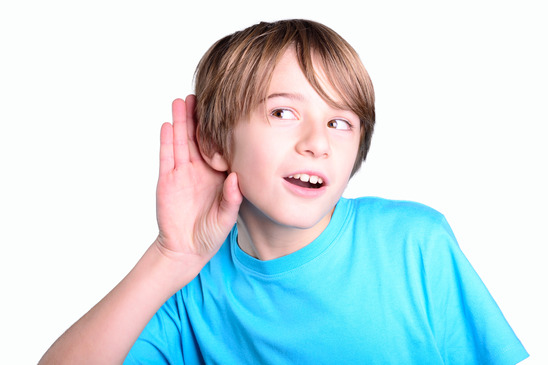
by Donna Freeman | Meditation, Mindfulness, Yoga Games
This game helps attune individuals to all the sounds in their environment. It is wonderfully versatile and can be played with one other person, a group, or all alone. In addition it builds concentration and memory. This game encourages open attention as it requires continual scanning of the environment. It is also a sensory game helping to focus on one sense at a timewhich is helpful when working with children with autism spectrum disorders, ADHD and other sensory challenges.
Do You Hear What I Hear
Before you leave to walk somewhere, especially if you are going on a route you’ve taken many times and want to engage the participants attention, ask the children to help you guess the number of different sounds you’ll hear along the way. Then while walking, say “I can hear a _____________” and wait until the others hear that sound too. Keep walking and let everyone have a turn identifying sounds. Keep a running tally of all the sounds. Can you recall each one? In order?
Alternatively you can do this game while stationary. Have everyone sit comfortably, or lay down, and close their eyes. Tune into the various sounds around you. The hum of the lights, music playing in the distance, a clock ticking, air conditioning or a furnace turning on or off, a friend’s breath, your own beating heart. Mentally note each sound, then move on, continually scanning for ones which weren’t even aware of before this moment. After a few minutes, open your eyes and share with the group the sounds you heard.
Do You See What I See Variation
Instead of “I can hear” use “I can see” and point out to each other anything interesting you see. You could also be specific and look only for a certain type of thing. Only red things? Only new things, such as a recently bloomed flower or newly painted fence?
For a complete listing of yoga and mindfulness games visit the Yoga Games Page.
Photo by cesarastudillo

